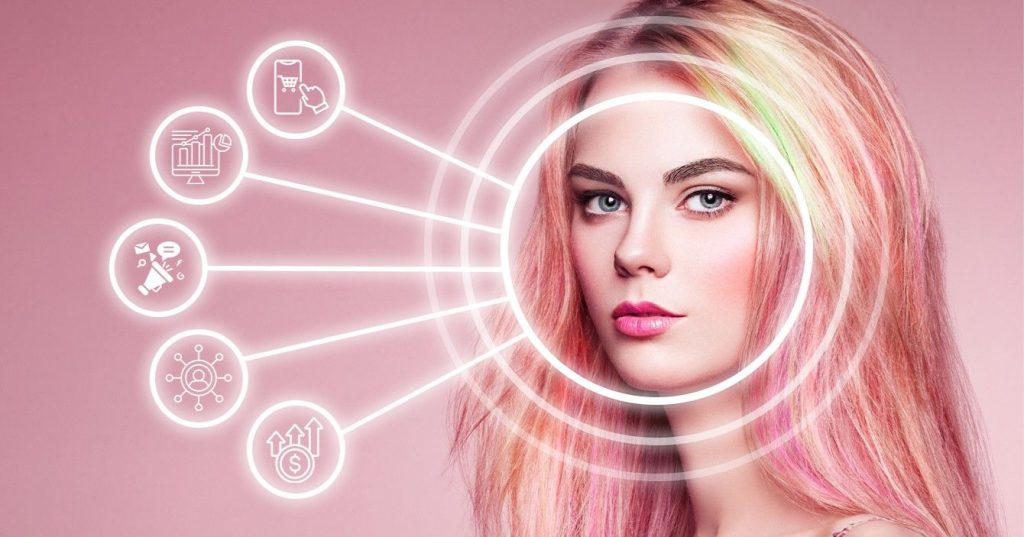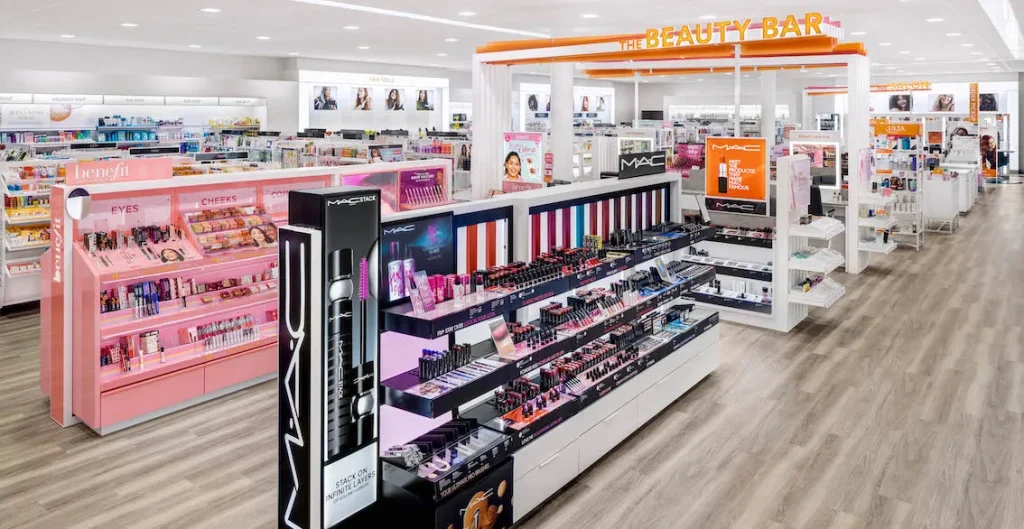
The Indian cosmetic market is evolving rapidly, with a growing consumer base and a focus on quality, sustainability, and innovation. As one of the fastest-growing beauty markets globally, India offers a blend of traditional and modern beauty solutions catering to diverse preferences. This guide provides an in-depth look at the trends, market shares, and future predictions shaping this vibrant industry.
Overview of the Indian Cosmetic Market
India’s cosmetic market has witnessed significant expansion over the past decade. Increased disposable income, urbanization, and a shift in consumer lifestyle have spurred demand for a broad range of beauty products. This market includes skincare, haircare, color cosmetics, fragrances, and personal care products tailored to the unique needs of Indian consumers. With new brands entering the market and established ones innovating, the sector continues to show impressive growth.
The COVID-19 pandemic also accelerated online purchasing, leading to a boom in e-commerce for cosmetics. Many consumers now prefer the convenience and variety of online shopping. Indian brands have started focusing on local ingredients, sustainability, and cruelty-free products, resonating with a more conscious consumer base. The potential for further growth is enormous, with analysts projecting steady increases in market value over the coming years.
Key Trends Shaping the Indian Beauty Industry
The Indian beauty industry is marked by dynamic trends that reflect changing consumer preferences and technological advancements. Key areas of interest include natural products, digital engagement, and premiumization, appealing to a wide demographic spectrum.
Rising Demand for Natural and Organic Products
A growing number of Indian consumers now seek products that are natural, organic, and free from harmful chemicals. Ayurvedic and herbal beauty solutions, which blend traditional ingredients with modern formulations, have gained significant traction. Brands such as Kama Ayurveda, Forest Essentials, and Mamaearth are tapping into this demand, highlighting the safety and effectiveness of organic ingredients.
This trend is largely driven by an increased awareness of health and environmental issues. Consumers are more informed than ever, reading labels carefully and favoring brands that align with their values. As more players enter this segment, the market for organic cosmetics is expected to expand, pushing brands to develop products that offer natural beauty solutions without compromising quality.
Influence of Social Media and Digital Platforms
Social media has become a powerful tool in shaping beauty standards and influencing purchasing decisions. Platforms like Instagram, YouTube, and TikTok are full of beauty influencers and content creators who share tips, tutorials, and product reviews. Consumers, especially younger demographics, are increasingly using these platforms to discover new brands and trends.
Digital platforms allow brands to reach audiences across the country, creating targeted marketing campaigns and establishing direct communication with consumers. Through collaborations with influencers and creative content, beauty brands are making products more accessible and appealing. The use of augmented reality (AR) for virtual try-ons has also enhanced the shopping experience, allowing users to see how products look on their skin tone before purchasing.
Market Shares and Growth Potential
The Indian beauty industry is projected to grow at a compound annual growth rate (CAGR) of over 10% for the next few years, driven by increased product availability, rising middle-class income, and enhanced online presence. Skincare and haircare remain dominant categories, but color cosmetics are also gaining popularity, particularly among urban consumers.
International brands such as L’Oréal, Unilever, and Estée Lauder hold substantial market shares, but domestic brands are swiftly closing the gap by aligning with Indian beauty standards and preferences. Additionally, niche brands focusing on gender-neutral products and sensitive-skin formulas are gaining momentum. With the market constantly evolving, brands that adapt to local preferences and values are likely to achieve sustained growth.
Future Predictions and Emerging Opportunities
Looking forward, the Indian cosmetic market is expected to witness significant transformations. From eco-friendly products to e-commerce expansion, these trends will shape the industry’s future.
Sustainable and Eco-Friendly Products
Sustainability is becoming a key factor in the purchasing decisions of Indian consumers. Many now look for brands that minimize environmental impact by using biodegradable packaging, ethically sourced ingredients, and cruelty-free processes. Brands like Plum and Juicy Chemistry have incorporated sustainability into their business models, creating products that are both effective and environmentally friendly.
This shift is likely to continue, as both global and local brands strive to meet consumer expectations for eco-friendly products. Government regulations on plastic use and sustainable practices are also encouraging brands to make responsible choices, paving the way for a more sustainable beauty industry.
Expansion of E-commerce in Beauty Sector
The rise of e-commerce platforms like Nykaa, Amazon, and Flipkart has transformed the way Indian consumers buy beauty products. The accessibility and convenience of online shopping have made it easier for people to explore and purchase a wide variety of cosmetics from the comfort of their homes.
E-commerce allows brands to reach remote areas, increasing their customer base. In addition, personalized product recommendations, AR try-on features, and flexible return policies make online shopping an attractive option. With ongoing advancements in technology, the role of e-commerce in the beauty industry is set to grow even further, making high-quality products accessible to a broader audience.
Innovations Driving the Future of the Indian Cosmetic Market

As the Indian cosmetic market grows, innovation remains at the core of its evolution. Brands are investing in technology and research to bring forward products that cater to unique Indian skin types, climate considerations, and cultural preferences. Here are some innovations expected to redefine the industry in the coming years.
Customizable Beauty Solutions
A shift towards personalized beauty products is already underway. Consumers are increasingly looking for skincare and makeup products tailored to their unique skin concerns, tones, and preferences. Brands are responding by offering customizable solutions, allowing consumers to select ingredients or adjust formulas for optimal results. Digital platforms have made it easier for brands to gather data on individual preferences and create products that better match consumers’ specific needs.
The move towards personalized beauty also extends to product formulations based on climate and pollution levels. Given India’s diverse climatic zones, formulations that cater to regional skin issues (such as oil control for humid areas or hydration for drier climates) are gaining popularity. This trend is likely to continue as technology, such as AI-powered skin analysis and virtual consultations, improves, providing consumers with products that are truly “made for them.”
Increased Focus on Men’s Grooming and Beauty
Men’s grooming and beauty is a burgeoning segment in the Indian market. Social acceptance of skincare and grooming for men has increased significantly, fueled by a younger generation unafraid to invest in self-care. This shift has opened new avenues for brands, with products such as beard care kits, moisturizers, anti-pollution creams, and even makeup products designed specifically for men.
Brands like Beardo, The Man Company, and Bombay Shaving Company have made significant inroads in this area, but opportunities remain vast. From skincare basics to more specialized products, the men’s grooming sector is expected to grow rapidly, driven by changing cultural attitudes and a growing middle-class population with higher disposable income.
Regional Preferences and the Rise of Local Brands
While international beauty brands have a strong foothold in India, local brands are increasingly capturing market share by focusing on regional preferences and leveraging India’s rich heritage of natural beauty ingredients. By embracing local ingredients like turmeric, sandalwood, neem, and saffron, brands are creating formulations that resonate deeply with Indian consumers.
These local brands not only align with Indian consumers’ expectations of safe and natural ingredients but also provide more affordable options that appeal to a wide demographic. Additionally, the “Made in India” sentiment is gaining traction as consumers show preference for homegrown brands. This trend is anticipated to bolster the market, with regional preferences remaining a critical factor in brand loyalty.
Growth of Health and Wellness in Beauty
Health and wellness have become integral to beauty routines in India. Consumers are seeking beauty products that not only enhance appearance but also support overall well-being. As a result, products that offer multifunctional benefits, such as skincare that includes stress-relief properties or makeup with added skincare benefits, are gaining popularity.
The Ayurvedic and holistic wellness sector in particular is experiencing a surge in interest, with consumers looking to age-old practices for natural beauty solutions. Ingredients known for their wellness properties, such as ashwagandha, rose, aloe vera, and amla, are increasingly being incorporated into products. With consumers associating beauty with wellness, brands focusing on this holistic approach are well-positioned to lead the market in the future.
Technology and Innovation Transforming Retail Experiences
Technology is reshaping how consumers discover, try, and buy beauty products in India. With the proliferation of smartphones and high-speed internet, beauty retail has become more immersive and interactive, thanks to innovations like augmented reality (AR) and artificial intelligence (AI). These technologies have transformed traditional shopping into an engaging experience, allowing consumers to try on products virtually, receive personalized product recommendations, and explore new collections from their devices.
AI-Powered Skin Analysis
AI-powered skin analysis tools are increasingly common on beauty e-commerce platforms and apps. By analyzing individual skin types, these tools can recommend products suited to unique needs and concerns, improving customer satisfaction and helping consumers make informed decisions. Major brands are incorporating AI tools into their apps or websites to provide a personalized shopping experience that mimics the advice and assistance traditionally available only in physical stores.
Rise of Virtual and AR Try-Ons
Virtual try-on features are now a staple on beauty platforms. AR allows consumers to see how different shades of makeup, like lipstick or eyeshadow, will look on their faces before purchasing. These virtual tools help bridge the gap for consumers who prefer online shopping but still want the experience of testing a product. With the continued integration of AR and VR in retail, online shopping will likely become more interactive and fun, enhancing customer satisfaction and increasing purchase confidence.
Conclusion: The Road Ahead for the Indian Cosmetic Market
The Indian cosmetic market is on a path of substantial transformation, propelled by innovations, a young and engaged consumer base, and a keen interest in sustainability and wellness. Brands operating in this space must stay attuned to rapidly evolving trends and consumer expectations. With rising demand for natural and organic products, the influence of social media, and technology-driven experiences, companies have ample opportunity to differentiate themselves and capture consumer loyalty.
As the industry continues to grow, the role of local brands, personalized beauty solutions, and wellness-centric offerings will become even more pronounced. For both domestic and international brands, success in India’s beauty market will depend on their ability to blend tradition with innovation, addressing the unique needs of a diverse and dynamic population.
Ultimately, the future of the Indian beauty industry looks bright, full of possibilities for brands that embrace creativity, authenticity, and the desire to make beauty accessible, inclusive, and mindful.
Written By – Seema Kanojiya
